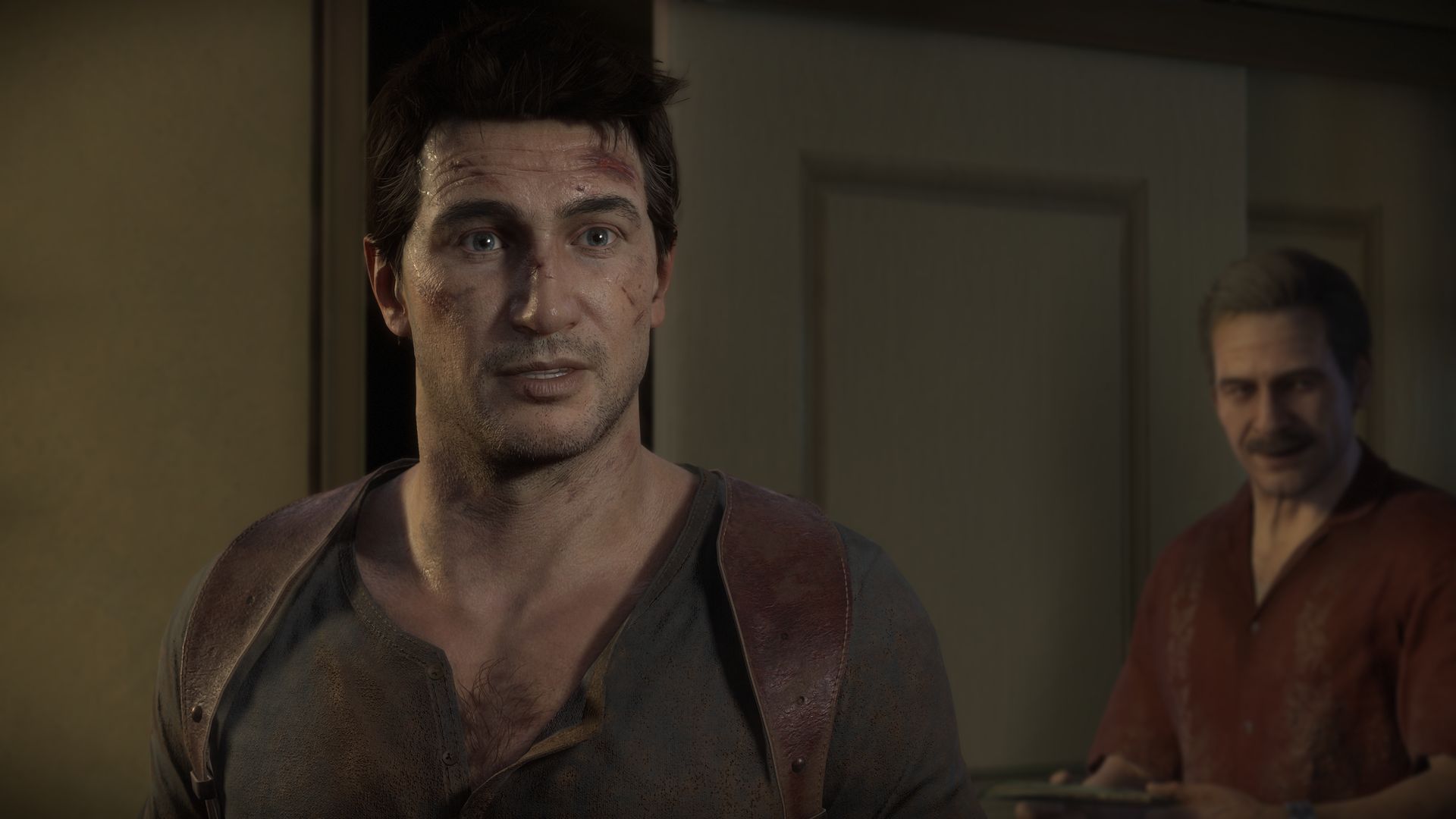During an event hosted by the Gnomon School of Visual Effects in Hollywood, Uncharted 4 Senior Shading Artist Yibing Jiang gave a lecture on the difference between shading in video games and shading, also giving some information on how her work is done.
Here are the main points she made:
- Reference pictures for shaders need to be as high resolution as possible. Shading is all about the details.
- For reference it's better to find a range of different aging for the materials (from new to very old and weathered).
- For games in this generation the base texture tends to be as clean as possible, and add details, scratches and weathering in shaders.
- In games there are more limitations for texture memory than in movies.
- A lot of tileable textures (smaller tiles that can be seamlessly repeated over and over on a surface) and vertex blending are used, and then details are added afterwards.
- Recreating different shading models is difficult for both games and movies, but work for movies needs to be more focused on making the shading models more physically correct.
- In The Order: 1886 the backgrounds look almost film-like, because for hard surface materials developers can afford to use the same shader models as CG movies.
- In for soft surfaces, like skin for instance, shading is more tricky, because the shading models used for movies are too costly (in terms of hardware resources) to run in real time. Developers have to use a lot of "hacks" to make things happen.
Below you can see the slides of Jiang's presentation, including her workflow, and a video showcasing Nathan Drake's shading layers.

